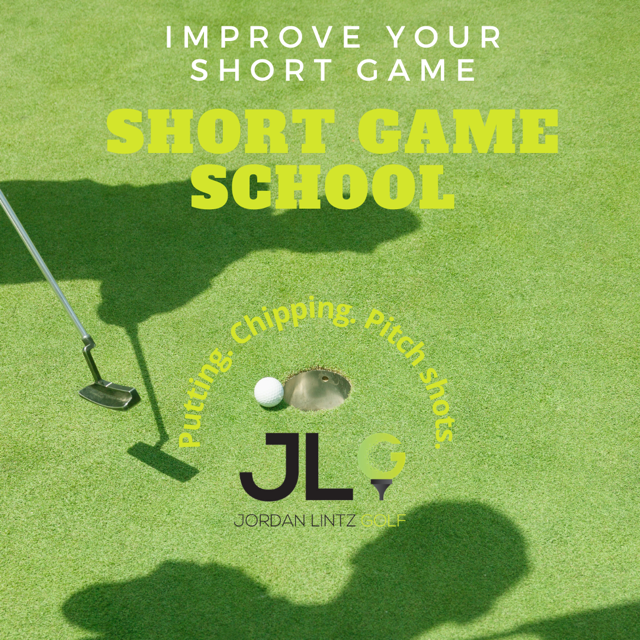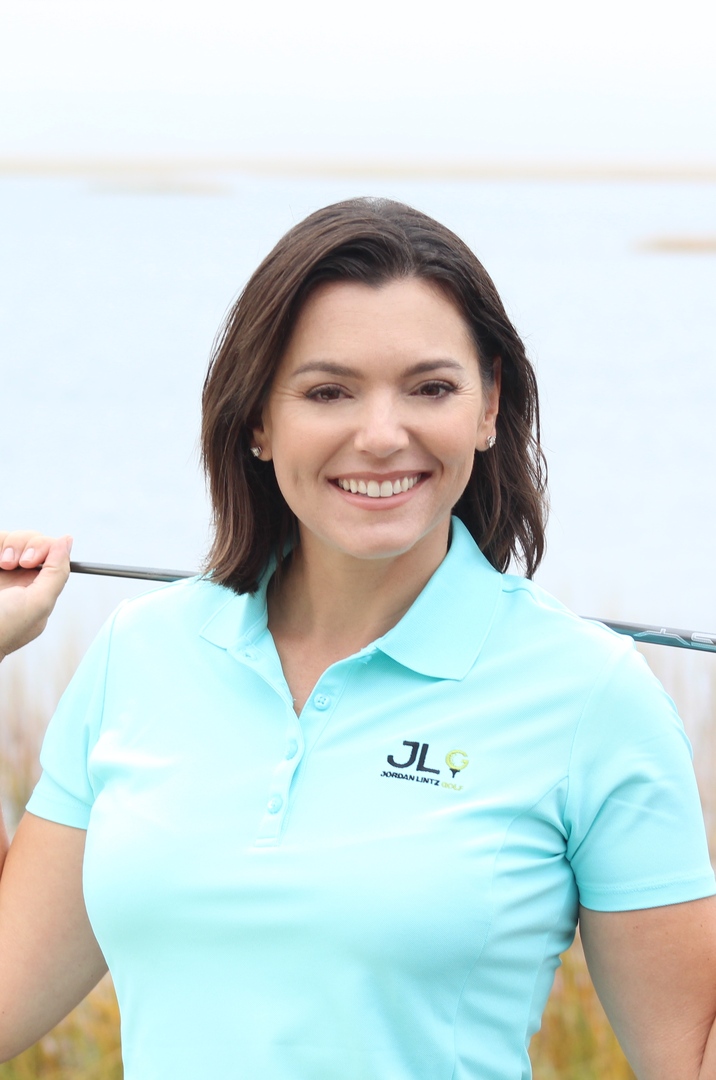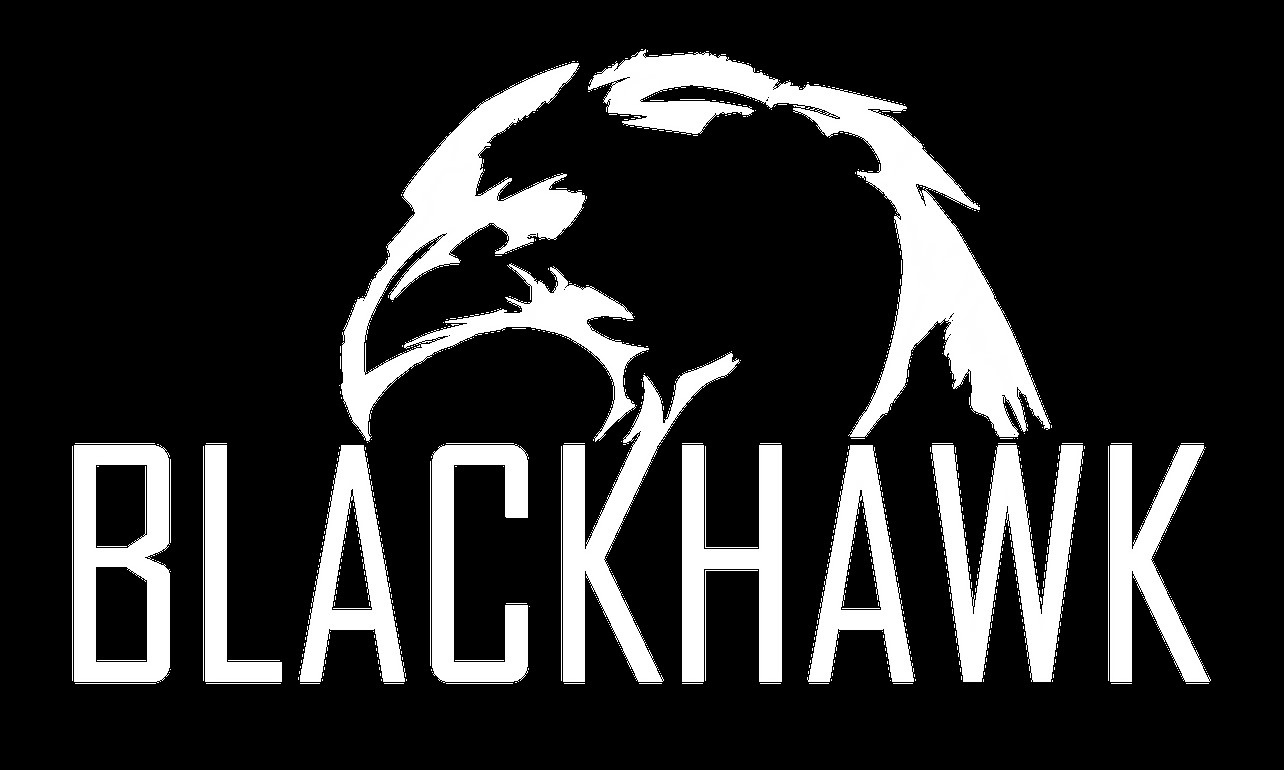Former Cowgirl Golfer Jordan Lintz to Play in KMPG Championship
Played for Wyoming from 1997-2000
Story Links
Former Wyoming golfer Joran Lintz is scheduled to participate in the KPMG Women's PGA Championship Tournament over the weekend. The LPGA event will be played at the par-72, 6,831 Aronimink Golf Course in Newton Square, Pa. Coverage can be followed on Golf Chanel, while Sunday's final round can be seen on NBC. A four-time letterwinner for the Cowgirls (1997-2000), she currently runs the Jordan Lintz Golf Instruction in Stanford, Conn.
An inductee to the Wyoming Athletics Hall of Fame in 2012, she was the first UW women's golfer ever to win an individual conference championship. The highlight of her college career was winning the 2000 Mountain West Conference Championships individual title in 2000, and earning all-conference honors. She is also the only UW women's golfer to qualify for the NCAA Regionals (2000). Lintz still holds the Cowgirl record for tournaments won (three) and the record for individual season stroke average (75-70 in 1999-2000).
In 2005, Lintz qualified for the LPGA with full playing status. She played on the LPGA Futures tour from 2001 through 2008, and won the 2011 Connecticut Women's Open. Lintz served as the assistant golf professional at Great River Golf Club in Milford, Conn., before joining Sacred Heart (Fairfield, Conn.) as an assistant women's golf coach in 2011.
Print Friendly Version�������


.png)
.jpg)











 At Home Video #1: Daily Golf Fit Routine & Pre-Round Warm Up
At Home Video #1: Daily Golf Fit Routine & Pre-Round Warm Up  At Home Video #2: Posture & Setup
At Home Video #2: Posture & Setup  At Home Video #3: Backswing Drills
At Home Video #3: Backswing Drills  Preview of the JLGolf at Home Video Series
Preview of the JLGolf at Home Video Series 